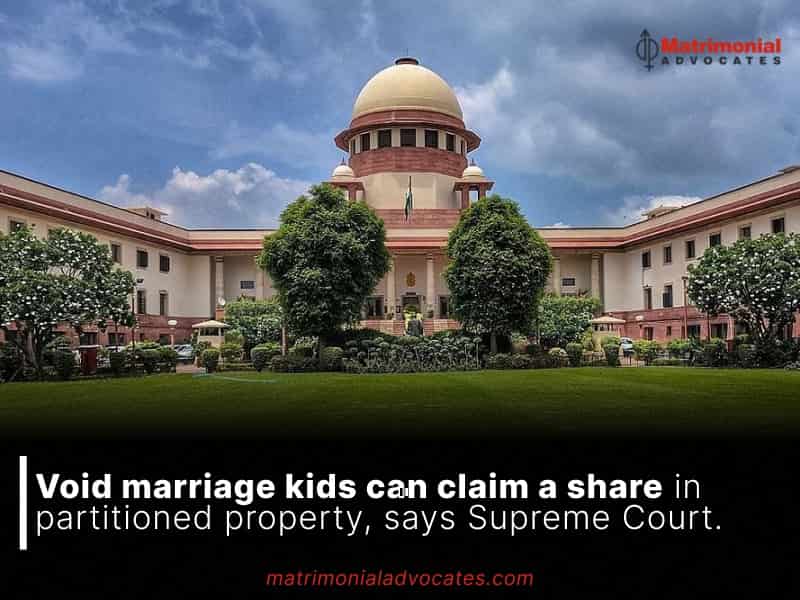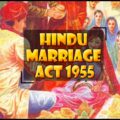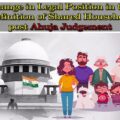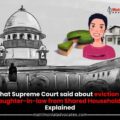
The Supreme Court decided that children from marriages declared void or voidable are entitled to a share in the property hypothetically divided between their parents. In a legal proceeding, the division and ownership of agricultural lands, treated as joint family or ancestral assets, were sought. The claim for a share in the property was hypothetically attributed to the deceased, pursued not as coparceners but as the legal heirs of the deceased.
Justice M.M. Sundresh and Justice S.V.N. Bhatti observed, “Irrespective of whether the marriages of Appellant No. 2 and Respondent No. 2 with Muthusamy Gounder are void or voidable, denying the children of Muthusamy Gounder a share in the property of notional partitioned in favour of Muthusamy Gounder, is unsustainable in law and fact.”
AOR Rakesh K. Sharma represented the appellants, while AOR T.R.B. Sivakumar represented the respondents. The trial court rejected the heirs’ status as coparceners due to a lack of evidence proving their parents’ marriage. The Madras High Court concurred with the trial court’s judgment, asserting that the claim for partition, grounded in the existence of coparcenary between the parties, was deemed invalid.
The Supreme Court pointed out the common infirmity in the examination of issues by both the Trial and the Appellate Courts. The Court remarked, “In the present case, the claim as a coparcenary is unacceptable for want of evidence on the factum of the marriage of Muthusamy Gounder with Appellant No. 2 and Respondent No. 2; the courts below ought to have considered the relief from admitted circumstances on record.”
The Court dismissed the argument that the parties claiming a share in the property lacked evidence to support their status.
The Court concluded, “We allow the appeal by passing a preliminary decree of partition for the plaint schedule properties, firstly between Respondent No. 3 and Muthusamy Gounder. Secondly, in the notionally partitioned share of Muthusamy Gounder, his children, i.e., Appellant Nos. 1 and 3, Respondent No. 1 and Respondent No. 3 are allotted equal shares.”
The Court set aside the judgments of both the appellate and trial court.
Accordingly, the Supreme Court allowed the appeal.





